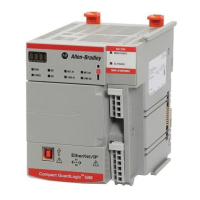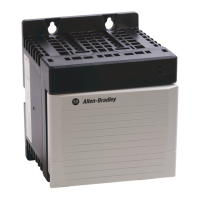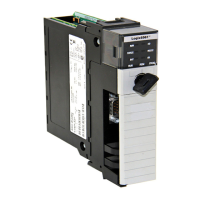1756-6.5.3 - December 1999
Allocating Communication Connections A-7
Optimizing produced tags
Each produced tag requires connections that can be used for other controller
operations. To minimize the of produced tags, and the number of required
connections, consider grouping data into an array or a user-defined structure
and producing only that array or structure, as long as the array or structure is
not larger than 500 bytes.
Compare the following two examples to see how a user-defined data type
(structure) reduces the number of connections required to produce the same
data.
Example 1: Producing data as individual tags
Example 2: Producing data as a user-defined data type (structure)
Connections for consumed tags
Each consumed tag requires one connection for the controller that is
consuming the tag.
Produced Tag Data Type
Connection
for the Tag
Number of
Consumers
Total Connections
height
width
weight
W_flag
L_flag
DINT
DINT
REAL
DINT
DINT
1
1
1
1
1
3
3
3
3
3
4
4
4
4
4
Total: 20 connections
Produced Tag Data Type
Connection
for the Tag
Number of
Consumers
Total Connections
Load_Info
User-defined structure of:
height
(DINT)
width (DINT)
weight (REAL)
W_flag (DINT)
L_flag (DINT)
1 3 4
Total: 4 connections
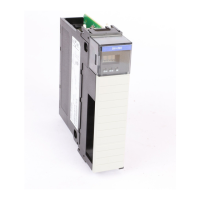
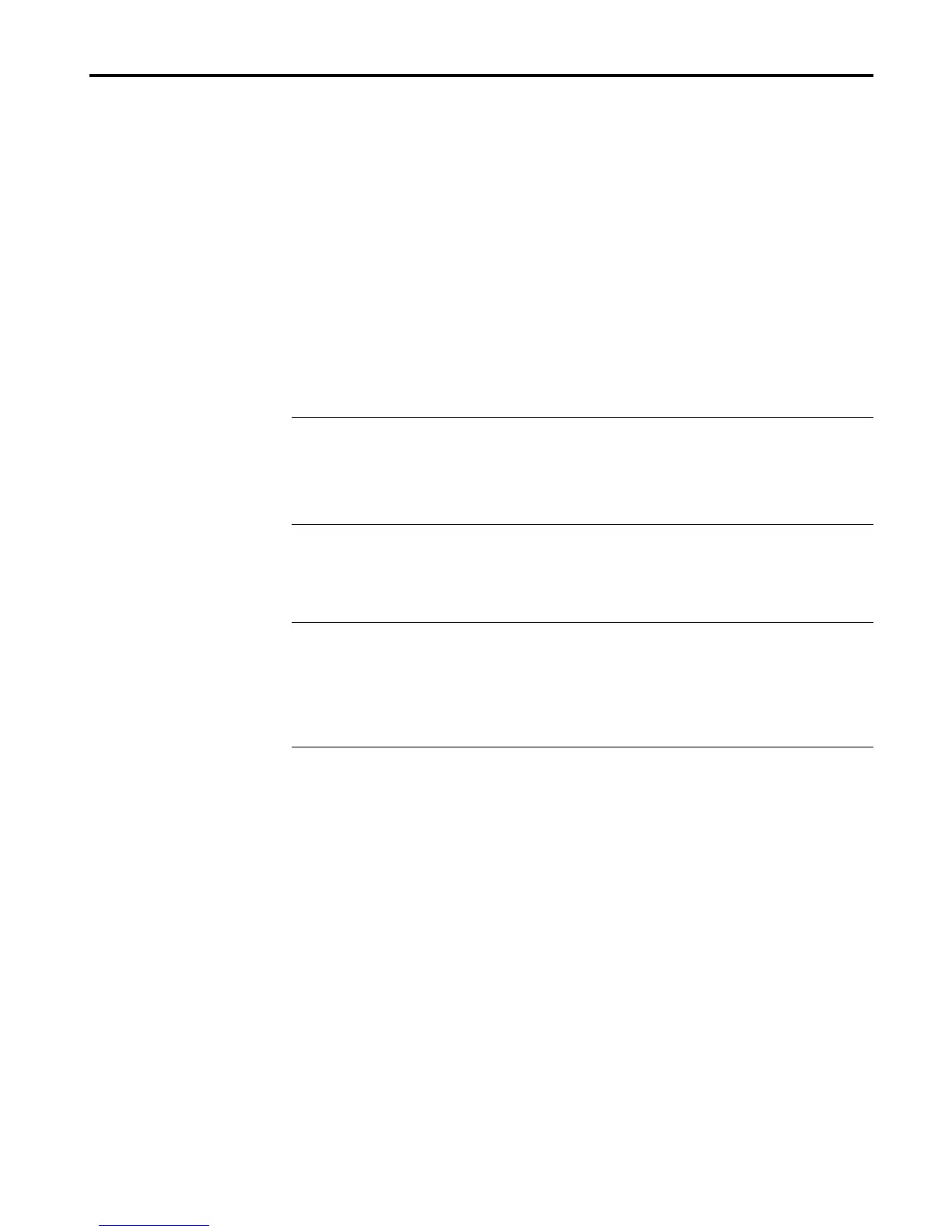